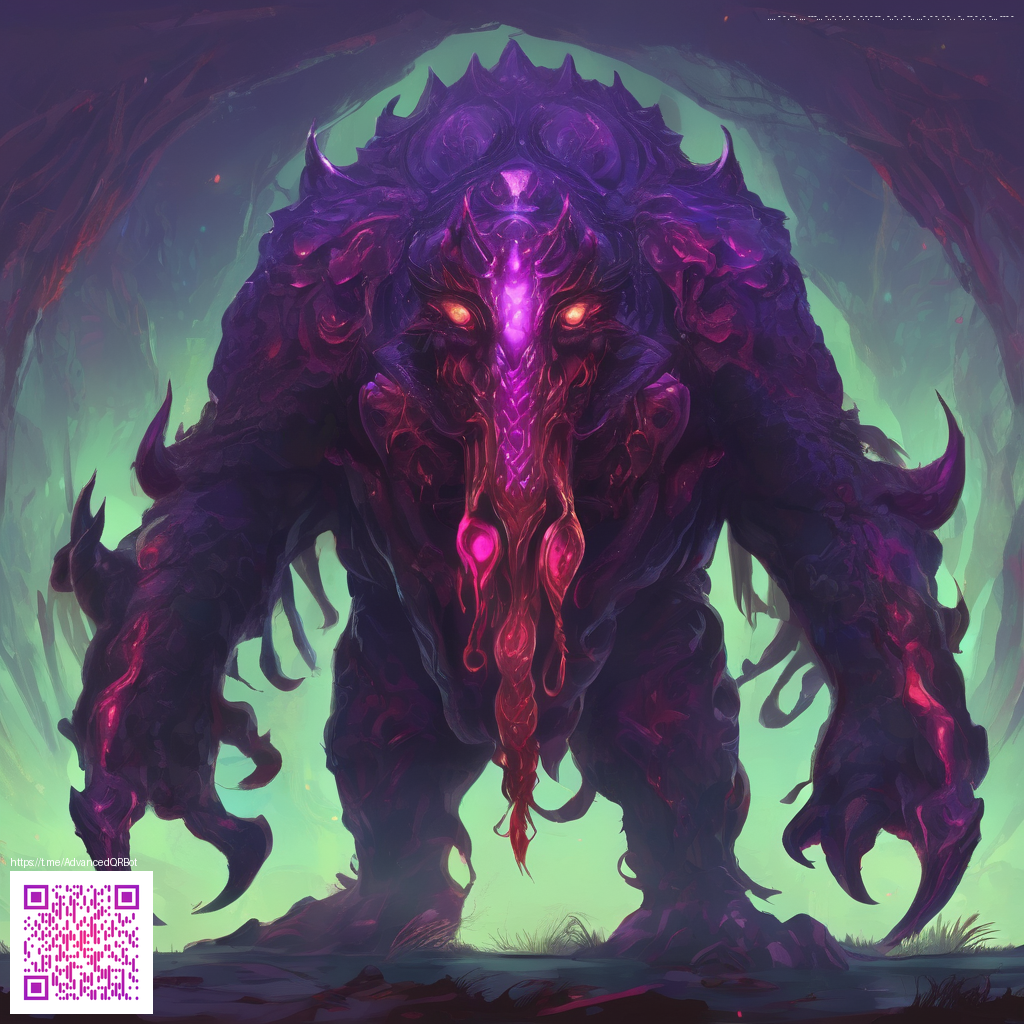
Using Dripstone Block for Creative Multiplayer Builds
Dripstone Block adds a rugged voxel texture that helps teams create atmospheres from ancient ruins to underground hubs. Its solid feel grounds large spaces while offering subtle texture that reads well from a distance. In a multiplayer setting this block shines when paired with other materials to form cohesive color palettes and architectural rhythm 🧱. The early days of a server project often hinge on a shared sense of material language and dripstone blocks help establish just that.
Why this block fits a collaborative world
The dripstone block is not a bright neon accent it is a muted stone like block with a rugged surface. It does not emit light so it behaves predictably in nighttime builds and cave inspired interiors. It does not allow light to pass through as a transparent surface which makes it reliable for solid walls and floors in large builds. When you place it alongside mossy blocks and wood elements the result is a warm contrasted look that helps team members read space quickly during planning sessions with note boards and sketches.
Practical building tips for teams
Start with a shared palette that includes dripstone blocks as core walls or floor panels. Use the blocks to create layered textures such as recessed arches or stacked ledges along a corridor. A simple pattern is to alternate dripstone blocks with regular stone or moss blocks to form a subtle striped effect that feels deliberate rather than random. When planning large halls consider creating modular sections that can be built by different players without collision in design intent.
For exterior accents think of dripstone blocks as rock like trim. They work well along pillar bases or as border details on staircases. To avoid visual fatigue on long corridors rotate the blocks in small increments so the pattern reads as a handcrafted rock face rather than a flat surface. When you add lighting layers the texture breaks more naturally and players notice details even at a distance 🌲.
Team builders often underestimate the value of texture in large spaces. With dripstone blocks you can craft moody caverns that still feel purposeful and open for gameplay.
Lighting, mood and accessibility
Dripstone blocks themselves do not glow but they interact with light in interesting ways when used with glow items or lanterns. Plan scenes where light sources sit behind or above the dripstone textures to cast gentle shadows that reveal the geometry of your design. Accessibility matters too on a multiplayer server. Keep walkways clear and use higher contrast edges so that players of all skill levels can navigate intricate sections without confusion.
When teams coordinate on builds consider documenting each zone in a shared map or schematic file. A simple grid system helps ensure builders place blocks in the right region and reduces accidental overlaps. This approach keeps creative momentum high while allowing contributors to contribute confidently with a clear sense of ownership 🧭.
Technical tricks you can try
Dripstone blocks are solid and compatible with standard mining tools making them reliable for long term projects. If you want to simulate natural rock faces in underground bases, place dripstone blocks in staggered rows and combine with stone and gravel for a rugged look. For multi level builds you can use dripstone blocks to define elevation changes without resorting to exposed stairs that clutter busy spaces.
On servers with frequent rebuilds or collaborative maps, create a small reference build that showcases the dripstone texture in different lighting setups. This serves as a quick visual guide for new members who join the project mid flight and helps maintain consistency across updates and iterations 🧱. Remember each block can stack up to 64 units so you can phase detailing in as the project matures.
Maintaining harmony on a busy server
Clear governance helps your team stay aligned on material choices. Establish a simple design brief that explains where dripstone blocks are most effective such as interior rural ruins or subterranean transit hubs. Use screenshots or a schematic image to illustrate spacing choices and to prevent diverging interpretations as the world expands. A calm design language reduces friction when new builders arrive and want to contribute with their own ideas ⚙️.
In addition to aesthetics you can explore practical uses like impressively layered walls that hint at a hidden mechanism behind the scenes. Dripstone blocks can anchor decorative columns in large rooms or be used as subtle border framing that guides player movement. When you combine thoughtful placement with a shared building plan you will see faster iteration times and more cohesive results across the server.
As a final note consider how dripstone blocks appear in community builds showcased during server events. A well documented design approach helps participants understand the creator’s intent and fosters a sense of shared achievement. Collaboration thrives when blocks serve both function and story in a world that feels alive 🌲.
With careful planning dripstone blocks become a cornerstone of creative multiplayer builds enabling teams to realize ambitious spaces together while keeping the process enjoyable and inclusive. The result is a world that invites exploration and collaboration rather than mere replication.
Do you want to support ongoing Minecraft projects on community servers and creative labs We rely on generous donors to fund tools and education for builders like you. Your support makes a real difference and together we can keep exploring new frontiers in blocky architecture
Ready to help our community grow and continue offering open access to creative resources
Support Our Minecraft Projects